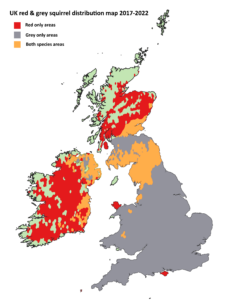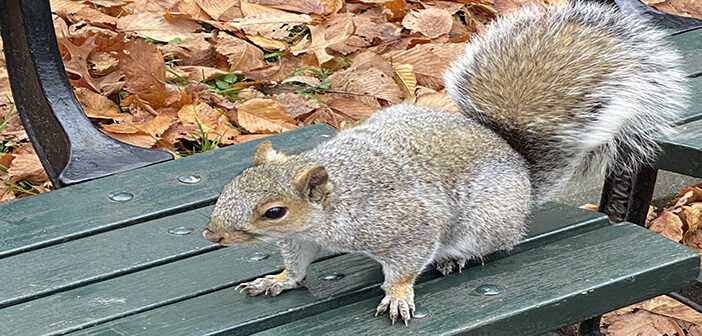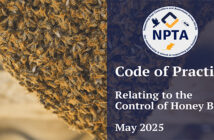The new distribution map of red and grey squirrels across the UK and Ireland, covering 2017 to 2022, underlines the need for a re-think on current red squirrel conservation practices and measures, and perhaps more importantly, grey squirrel controls, according to conservation charity the European Squirrel Initiative (ESI).
“There are many interesting conclusions to draw from the new mapping, recently published by the UK Squirrel Accord, and by comparing this to the 2010 map from the Red Squirrel Survival Trust, a number of key points jump out,” explained Charles Dutton, vice chair of the ESI.
There are certainly some plus points, and this is largely down to the intensive hard-work and dedication of local volunteer groups, but progress has either stalled or declined in many cases.

“For example, Northern England shows some improvements, but the Scottish borders show a continuing decline in reds. This may in part be down to better mapping, and certainly there has been some heroic work along the border to help reds by removing greys,” continued Mr Dutton.
Elsewhere, new colonies of reds have steadily spread in the Northwest of Scotland, in part due to various relocations and re-introductions of red squirrel projects at suitable sites.
While there has been some progress in reducing greys in Aberdeenshire, especially along the River Dee and River Don corridors, greys are still present in the city of Aberdeen, despite the prolonged campaign to remove the greys to enable the return of the native reds.
Formby Forest in Lancashire is showing that greys are present as well as reds. This once used to be a stronghold of reds but ingress of greys from Southport has been an issue.
However, according to Mr Dutton, there has been some more positive news.
“The colonies of red squirrels in North and Mid Wales, and Anglesey, are encouraging and like in the Scottish borders, there are dedicated conservation teams working hard, despite some muddled government thinking,” he said.
“The Isle of Wight and Brownsea Island remain ‘red only’, as do the Scilly Isles and Jersey, but it is the spread of native reds and the reduction of alien greys across the island of Ireland that is the truly remarkable story, and we need to ask how this is being achieved,” he added.
The ESI believes these success stories could well be as a result of the introduction and spread of pine martens across the region, alongside better timber harvesting management.
“We would certainly like to see more pine martens in the Scottish border forests, for example. We also feel that those small gains in red conservation in the North of England may well have something to do with the improved timber harvesting guidelines drawn up by the Forestry Commission, with support from the ESI and UK Squirrel Accord,” continued Mr Dutton.
Overall, the ESI believes there are many lessons to be learned across the red/grey squirrel range and calls for a detailed study of this mapping to understand how the most effective grey squirrel controls can be implemented.
“In particular, we are calling on the UK government to fast-track gene-drive controls, while we still have some red squirrel populations left,” he says.
By embracing gene editing tools, grey squirrel populations could be suppressed, by spreading female infertility genes through targeted populations, leading in time to population decline owing to the lack of fertile female squirrels available as breeding partners.
“ESI has funded research, through the Roslin Institute, into species-specific, humane and cost-effective solutions to managing invasive grey squirrel populations in the UK,” explained Mr Dutton.
“Millions of pounds of taxpayers money has been spent on grey squirrel controls in England alone over the past decade or two, with only minor successes.
“We feel this offers the opportunity to control the damage grey squirrels cause both economically and ecologically to the UK, while providing a realistic proposition for red squirrel conservation.”




